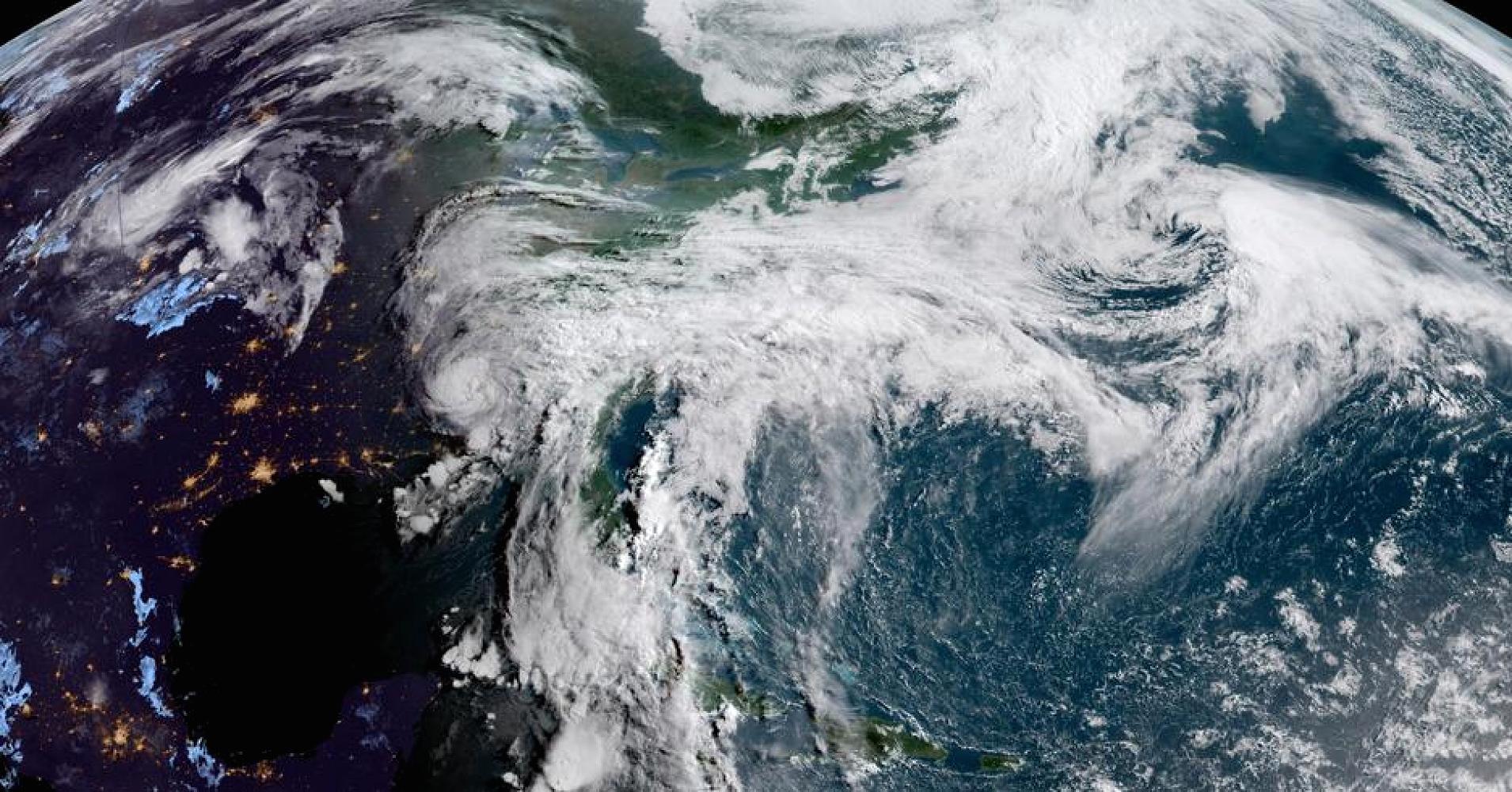
Hurricane season is back. Could this year’s tropical storm total approach last year’s record-setting and destructive season?
At least for now, there are reasons to be optimistic: IBM’s Weather Company currently predicts a total of 12 named storms, five hurricanes, and two major hurricanes. In 2017, there were 17 named storms, 10 hurricanes and 6 major hurricanes in the Atlantic basin.
In fact, the 2018 cycle’s predictions are below what the IBM’s Weather Company forecast last month, and below the annual average of 12 storms, 7 hurricanes and 3 major hurricanes, compiled since 1950.
“Every year is a brand new cycle,” Paul Walsh, a business weather analyst and meteorologist told CNBC’s “On The Money” in an interview.
“This year actually the prediction, from a numbers perspective, will be a quieter year than it was last year, in fact a little lower than normal in terms of the overall number of storms,” said Walsh, who serves as director of weather strategy at IBM Global Business Services.
Last August, Hurricane Harvey made landfall in Texas, and carved a path of destruction that ultimately cost $125 billion. That was second only to Hurricane Katrina’s $161 billion in damages along the Gulf Coast and New Orleans in August 2005.
Just after Harvey, Hurricane Irma struck Florida in September, causing $50 billion making it the fifth costliest U.S. hurricane on record. Yet Walsh cautioned the U.S. wasn’t entirely out of the woods.
“We expect 12 storms this year. If those 12 storms stay out over the water there will be absolutely no impact, but there’s nothing that says we won’t see half of those in the Gulf and along the East Coast of the U.S.,” he added.
“We can accurately predict [the numbers], but the thing that we can’t predict is where those storms will go,” Walsh said.
The weather expert said some of the cities at risk include some of the usual suspects like Miami, New Orleans and Norfolk, Virginia. Further north, however, New York City and Boston could also be at risk.
That’s because in coastal cities, construction and even new development is occurring right on the waterfront, building real estate that could be in harm’s way.
Walsh contended that with sea levels rising, “…when you have higher sea levels and you put storms on that, the destruction from the storms is increasing. And now you have properties (built) that are right along the coast, obviously there’s more properties at risk and so the problem just compounds itself.”
IBM sells custom weather data to businesses, and Walsh helps companies use weather data to prepare their businesses for upcoming weather events. He explained that retail clients use their forecasts to predict demand, plan inventory levels and manage store staffing.
Other client industries using weather data include “insurance, agriculture,” and aviation.
“In the aviation world, they’re using data to predict turbulence and be able to understand 15 minutes (in advance) that they’re going to hit turbulence so they can tell us all to put our seat belts on,” he added.
Walsh also points to artificial intelligence and big data for advances in his field.
“Obviously there’s a lot of new technologies in terms of weather forecasting. So we can forecast the hurricanes, and just forecasting is much better than we could 4 or 5 years ago,” he said.
On the Money airs on CNBC Saturdays at 5:30 am ET, or check listings for air times in local markets.

